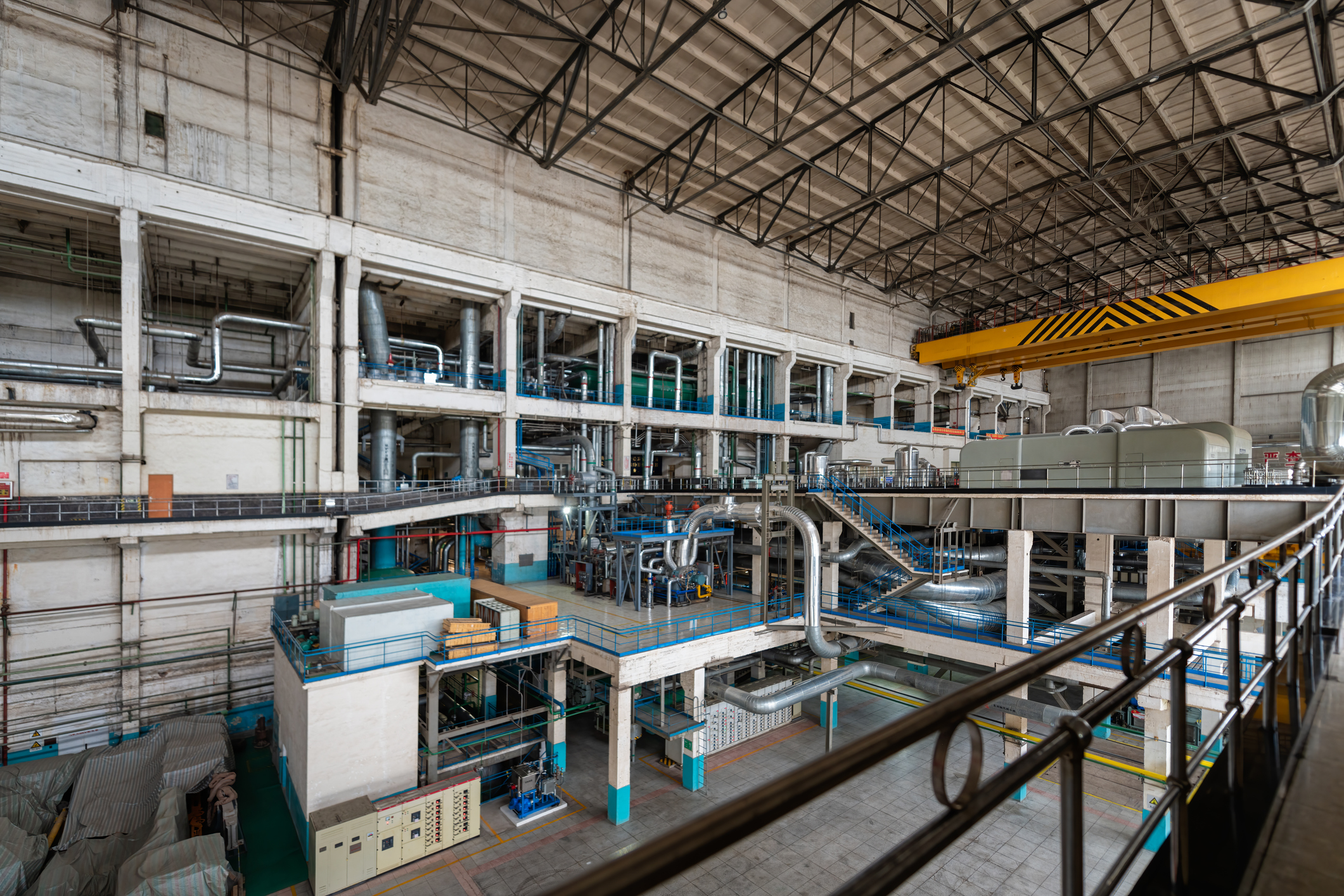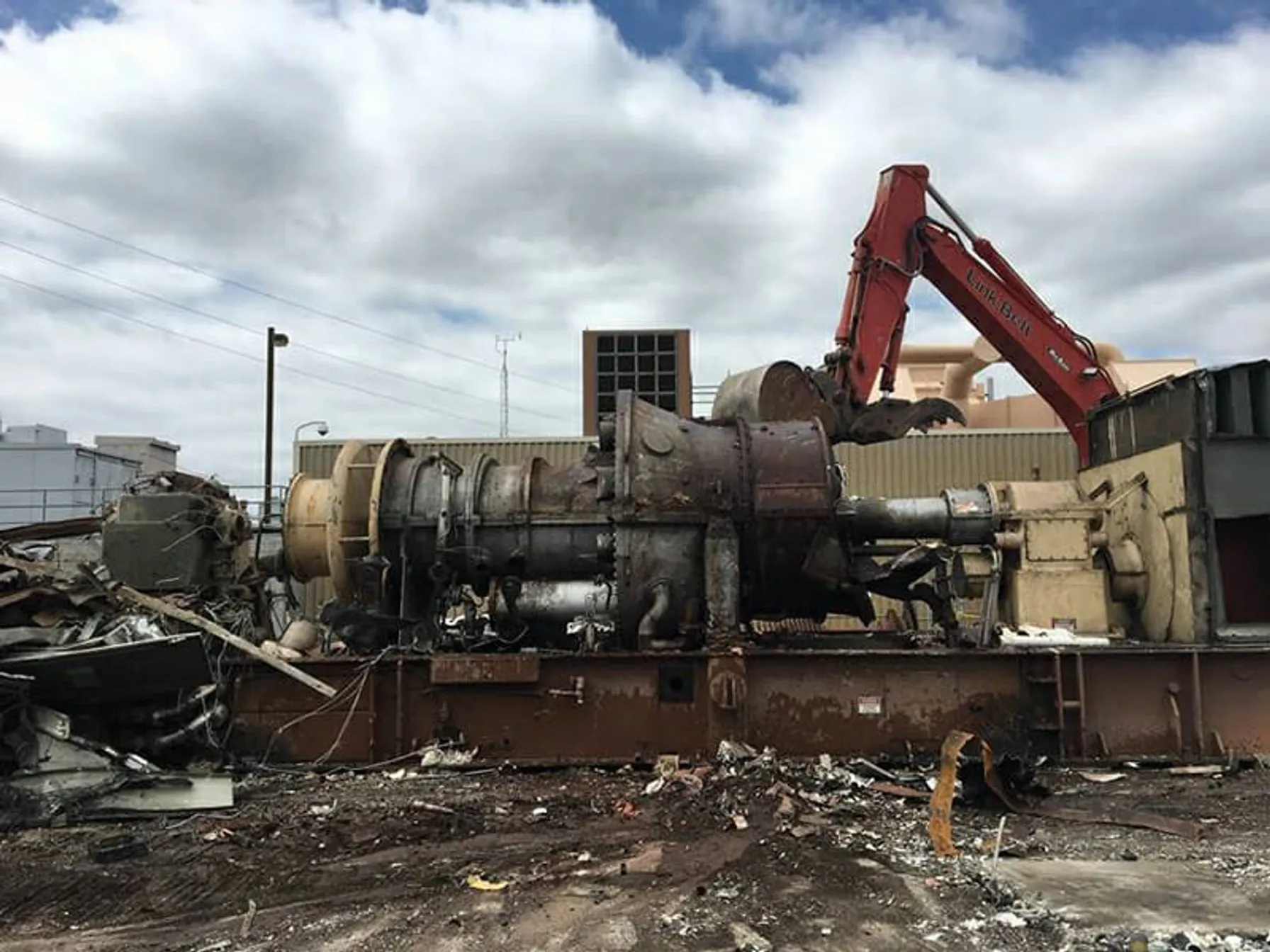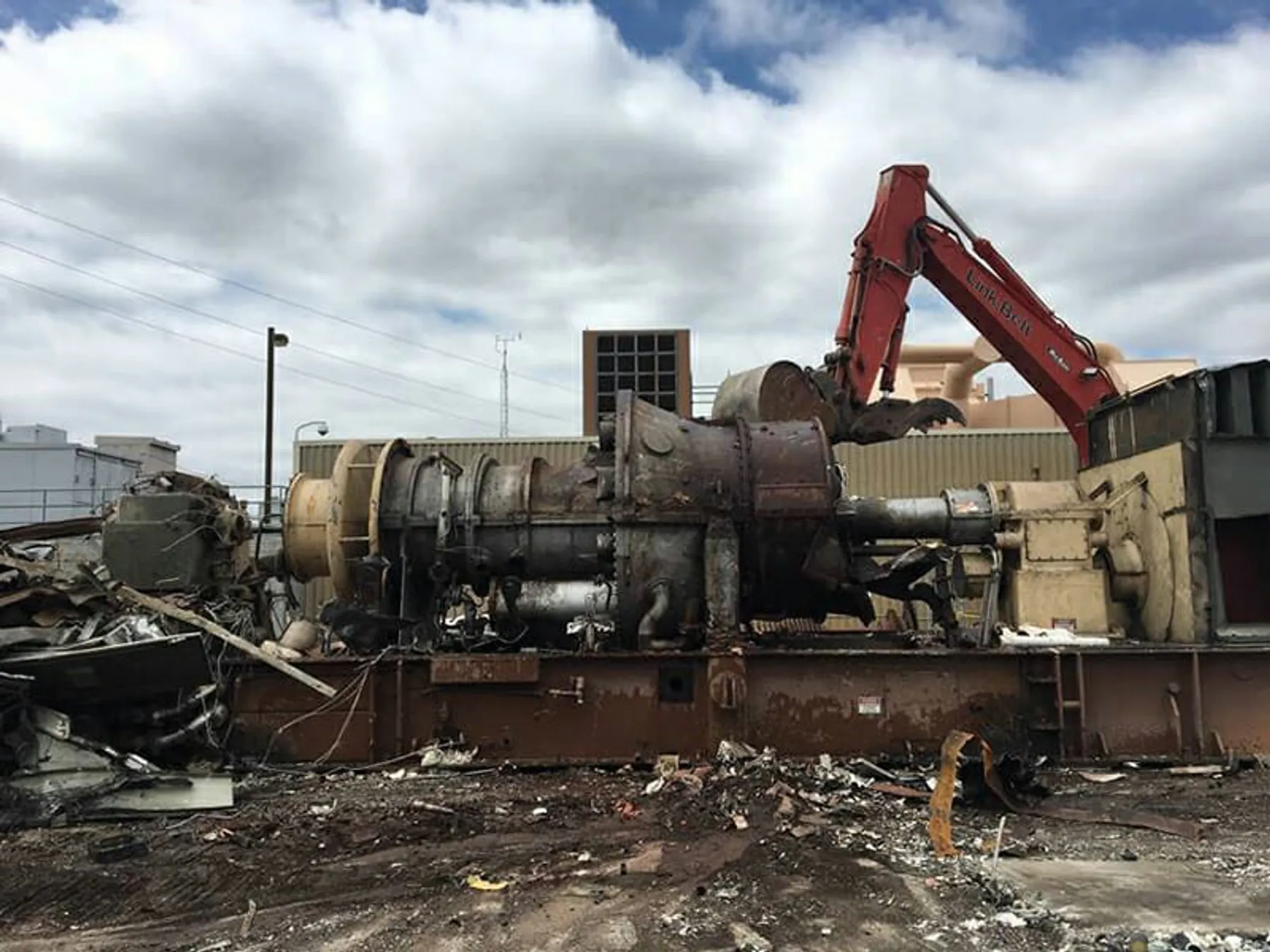Faced with an aging fleet, stricter environmental regulations, reduced costs for natural gas and competition from renewables, more than 600 power plants have been decommissioned in the last 20 years, a pace that will increase with the announced closure of nearly 350 additional plants by 2025. With a goal of being net-zero carbon by 2050, many power generators are faced with critical decisions regarding their thermal generation plants. Should they continue operation, repower, re-purpose or retire their plants?
In the competitive power generation market, coal-fired plants are getting squeezed on multiple fronts including lower prices for renewables (e.g., wind and solar) and gas, inefficient cyclical operation and, in some instances, by state efforts to curtail the use of coal. Foregoing the retail market and partnering with a data center for mining cryptocurrency can represent a winning financial proposition for both parties. Some states are actively encouraging the co-locating of data centers at generation sites, while others are actively working to keep plants operational in order to preserve the jobs at the plants and in the mines.
In some regional transmission organizations, such as PJM, newer natural gas fired generation units are favored over older units because of their more efficient turbines and larger size. Older natural gas units are at risk of becoming stranded assets as cheaper renewables come online and the industry commitments to net zero emissions. There are reports that banks Citigroup Inc and JP Morgan Chase & Co will strengthen their financing restrictions on thermal gas plants, similar to what they’ve already done for coal projects.
Decommissioning Aging Power Plants
0
Decommissioned power plants in the last 20 years
0
Will be decommissioned In the next 3 years
Net Zero
Net-zero carbon by 2050
Aging Power Plants
In 2020, the United States added 29 gigawatts of new renewable-electricity capacity, which was 80% more than 2019. Renewable energy sources represented about 21% of the electricity generated in 2020, which was only second to natural gas as an energy source. However, repowering fossil generation plants brings unique challenges to developers of renewable generation and energy storage accustomed to developing green fields. Legacy environmental conditions (e.g., hazardous building materials, coal-combustion residuals, subsurface contamination, etc.) need to be addressed or mitigated. Structures constructed for steam plant operation may be over-built relative to their future use and can be expensive to reconfigure.
Some plants that can’t be operated economically or repowered can have second lives when re-purposed for other uses that leverage their intrinsic assets (e.g., access to transmission system and/or transportation infrastructure, etc.). However, the future development plans have to be weighed against the costs associated with preparing the site.
Decisions to continue operation, repower, re-purpose or retire are complex and have many variables (e.g., financial, engineering, environmental, societal, political, etc.) that need to be balanced. Increasingly, owners are utilizing decision tree models and associated financial analysis to understand the potential benefits/costs of each option. Care in constructing the model and obtaining accurate data inputs are critical to the validity and reliability of the model.
Engaging stakeholders early in the model development process is key to ensuring that the full range of options are identified and considered. A stakeholder management plan that identifies the internal and external stakeholder roles is key to an effective engagement and communication strategy. Working with stakeholders through surveys, workshops and charrettes is useful in building a robust framework for analysis.
Once the framework or model is defined, a data management plan is needed to identify the inputs, determine the source of the data (if previously collected), methods for collecting data (if the data set doesn’t exist or is stale) and define the needed precision. Engaging professionals (within and outside the organization) with expertise in plant operations, engineering, abatement, demolition, site preparation and environmental remediation to develop the data management plan will ensure an efficient, cost-effective approach.
Once the model is populated with the data and the results are in, an effective presentation of the findings is critical to obtaining stakeholder buy-in. A “Choose Your Own Adventure” type presentation that takes the audience through each of the paths to the potential outcomes can highlight the critical decision points/challenges in a way that a narrative report with charts and tables may not effectively convey.
For each plant, the outcome of the analysis to continue operation, repower, re-purpose or retire will be unique; however, with a standardized process for developing the analytical framework, data collection and stakeholder engagement, owners can have confidence that the decision properly incorporates the important variables and is supported by quality data.
TRC’s RE POWER® Playbook represents an established process for organizing the analyses and presenting the results that has been vetted through performance at more than a dozen plants. Fossil generation owners rely on TRC’s RE POWER® Playbooks to obtain the best terms in their negotiations with redevelopment partners and state economic development entities use the Playbooks to attract developers by reducing uncertainty around the plant.
The Playbook integrates the data gathering exercise with a Highest and Best Use Study to define the universe of potential redevelopment options and evaluates each of the potential end state conditions (e.g., retire-in-place, sell, abate and demolish, re-purpose, etc.) to layout the path forward with costs and timelines for each alternative. Once an alternative is selected, the Playbook serves as a guide that identifies the steps required to achieve the desired outcome.
For more information contact Richard Wetherbee at rwetherbee@trccompanies.com.






